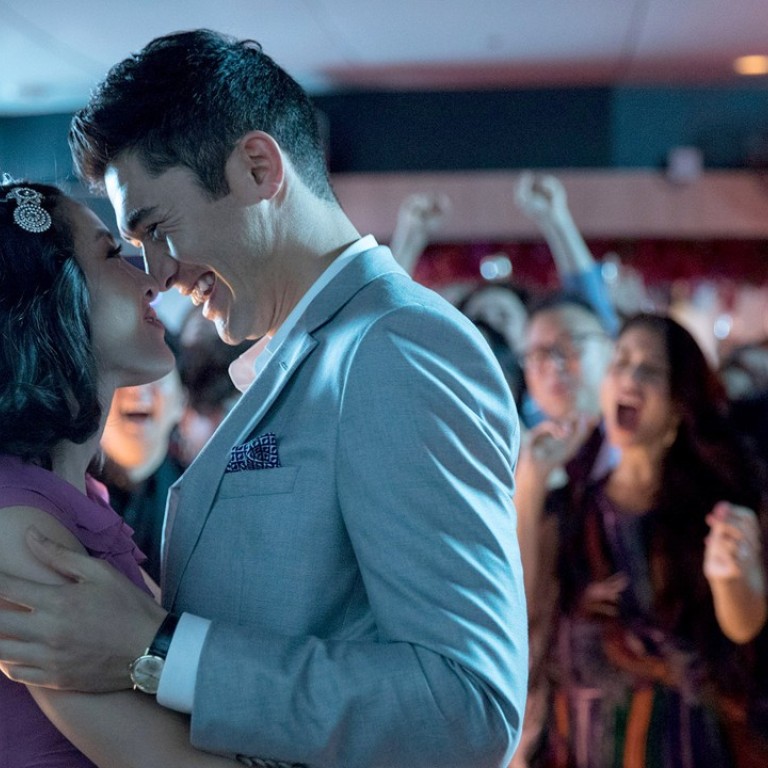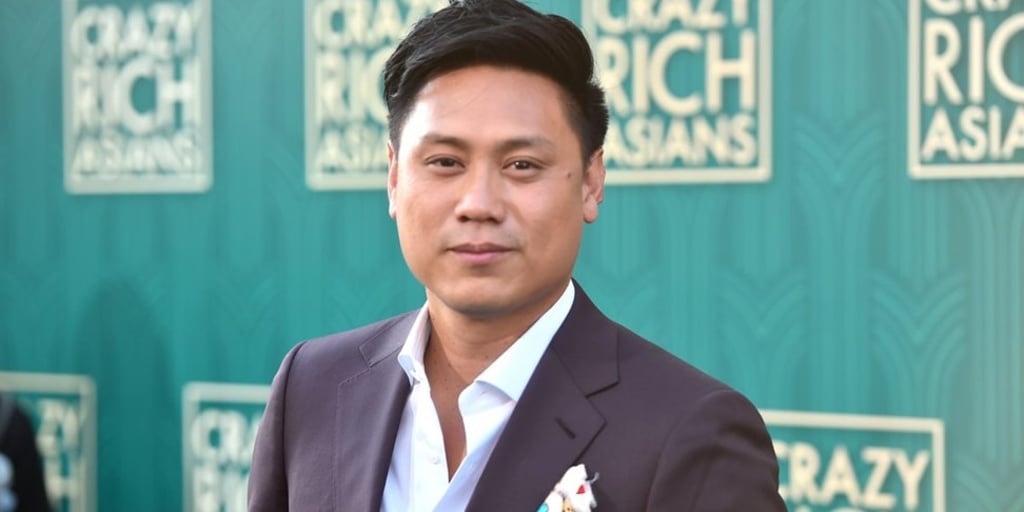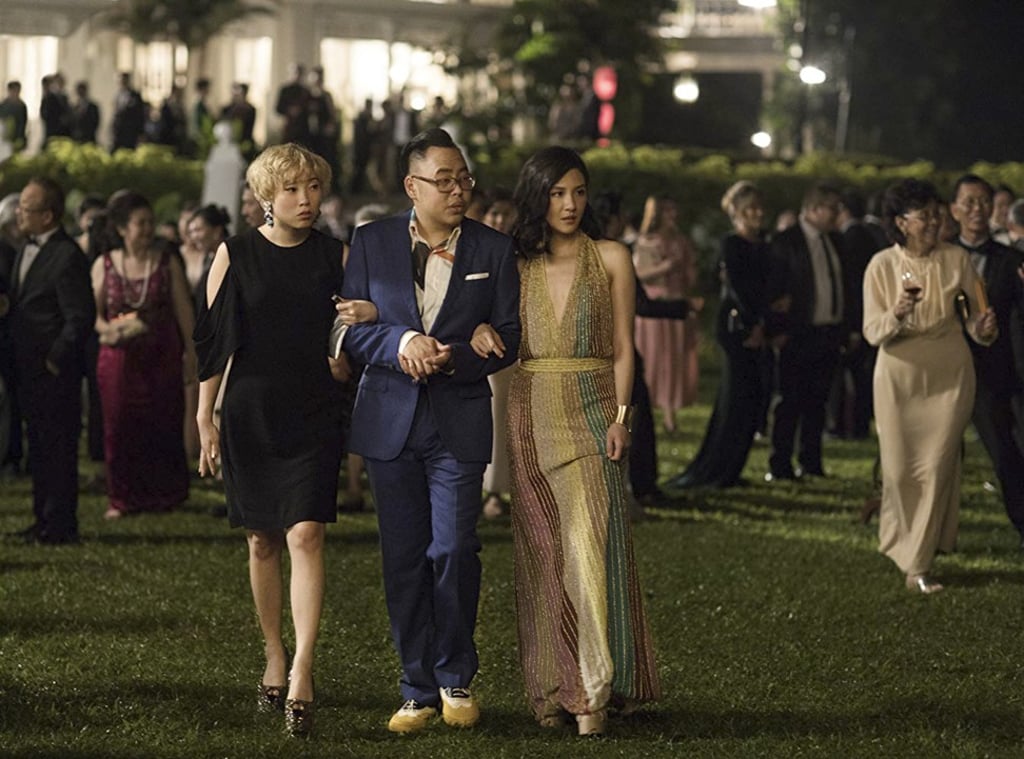How whitewashing in Hollywood nudged director Jon M. Chu into making ‘Crazy Rich Asians’

The filmmaker endured a bumpy career before realising he was part of the problem – but he had a big surprise in store when making the movie
Jon M. Chu is the first to admit he’s taken a different path than most to becoming a working director in Hollywood.
He was immediately thrust into the studio system when his short film at USC, When the Kids Are Away, caught the eye of Steven Spielberg. With that blessing, he quickly got jobs making Hollywood titles like Step Up 2: The Streets, Step Up 3D, G.I. Joe: Retaliation, and Jem and the Holograms.
“I realised that I was actually part of the problem, not by contributing in some crazy way, but the fact that I hadn't done anything to help shift that,” Chu told Business Insider.
Unbeknownst to Chu, redemption was coming in the form of the script adaptation of the book Crazy Rich Asians.
The national best-seller written by Kevin Kwan follows the funny gossip and scheming that occurs when “ABC” (American-born Chinese) Rachel Chu, played by Constance Wu, spends the summer in Singapore with her boyfriend Nicholas Young (Henry Golding) as they attend a wedding. What Rachel quickly realises is that Nicholas’ family is one of the wealthiest in Asia, and the wedding is the social event of the year.
Chu realised this was what he was looking for and in convincing producers Nina Jacobson and Brad Simpson he was right for the project, made a presentation that was filled with personal insights about his background and family in the hopes of convincing them that he was the right person to direct.


